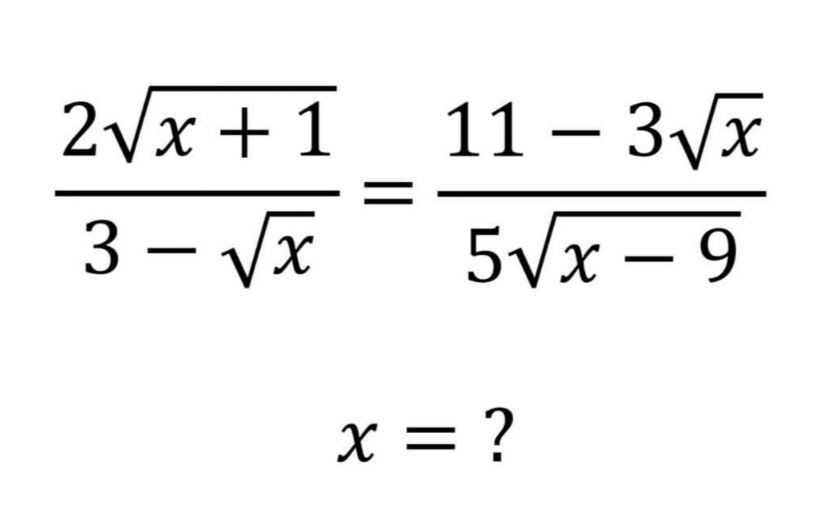
AllQuestion and Answers: Page 569
Question Number 162560 Answers: 0 Comments: 1

Question Number 162552 Answers: 1 Comments: 1
Question Number 162539 Answers: 2 Comments: 0
Question Number 162535 Answers: 2 Comments: 3
Question Number 162530 Answers: 4 Comments: 10

Question Number 162525 Answers: 2 Comments: 0
Question Number 162523 Answers: 2 Comments: 0
Question Number 162522 Answers: 1 Comments: 0
Question Number 162521 Answers: 0 Comments: 0
Question Number 162516 Answers: 0 Comments: 1
Question Number 162513 Answers: 2 Comments: 0
Question Number 162512 Answers: 0 Comments: 1
$${solve}\:\int\sqrt{{cosec}^{\mathrm{2}} {x}−\mathrm{2}}\:{dx} \\ $$
Question Number 162506 Answers: 0 Comments: 1

Question Number 162490 Answers: 1 Comments: 0

Question Number 162496 Answers: 1 Comments: 0

Question Number 162520 Answers: 1 Comments: 0
Question Number 162481 Answers: 1 Comments: 0

Question Number 162478 Answers: 1 Comments: 0
Question Number 162473 Answers: 1 Comments: 0

Question Number 162471 Answers: 2 Comments: 0
Question Number 162429 Answers: 0 Comments: 1
Question Number 162424 Answers: 1 Comments: 0
Question Number 162533 Answers: 5 Comments: 0

Question Number 162416 Answers: 1 Comments: 1
Question Number 162417 Answers: 0 Comments: 4
Question Number 162414 Answers: 1 Comments: 0
Pg 564 Pg 565 Pg 566 Pg 567 Pg 568 Pg 569 Pg 570 Pg 571 Pg 572 Pg 573
